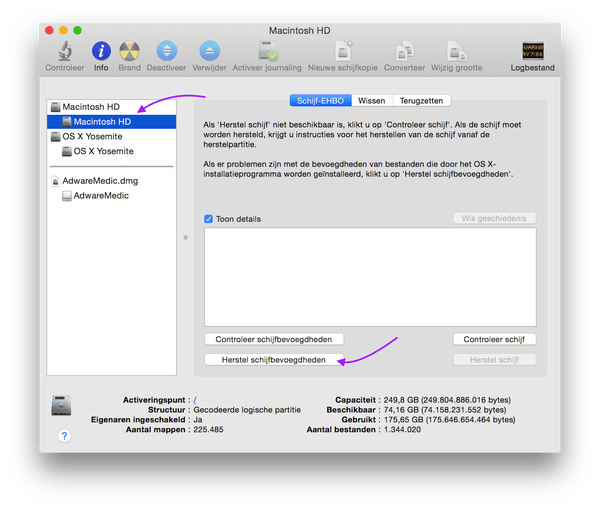

- LATEST DOWNLOAD FUSE FOR MACOS HOW TO
- LATEST DOWNLOAD FUSE FOR MACOS FOR MAC
- LATEST DOWNLOAD FUSE FOR MACOS INSTALL
- LATEST DOWNLOAD FUSE FOR MACOS SOFTWARE
- LATEST DOWNLOAD FUSE FOR MACOS FREE
LATEST DOWNLOAD FUSE FOR MACOS INSTALL
LATEST DOWNLOAD FUSE FOR MACOS FOR MAC
Which Method to Choose? EaseUS NTFS for Mac Shall Stands OutĬomparing to the above three solutions, it's easy to identify that EaseUS NTFS for Mac is the easiest and most efficient tool for making your NTFS drive writable on Mac.You can use FUSE for macOS and SSHFS. "Finder/Go/Go to Folder" > Type /Volumes and click "Go". Step 5. Now you can go and follow this path to open, read, and write to NTFS drive on Mac: Step 4. Press Ctrl + X to close Terminal.

Replace DRIVENAME with the name of the NTFS drive.
LATEST DOWNLOAD FUSE FOR MACOS HOW TO
Let's see how to access and write to your NTFS external or USB drives on Mac now: The latest version of Adobe Fuse CC can be downloaded for PCs running Windows 7/8/10/11, 32-bit. For a stable solution, revert to Method 1 to take EaseUS NTFS for Mac for help. Note that according to some tests, it seems that this method is unstable in some new macOS systems. Adding read and write support to NTFS drives is also possible by using Terminal command lines for help. The terminal is a Mac built-in command disk utility that you can apply to manage Mac hard drives and apps. Use Terminal Command to Read and Write to NTFS Drive on MacĬons: Unstable on macOS 10.12 and newer versions. You can read and write to NTFS drive files without any issues now.
LATEST DOWNLOAD FUSE FOR MACOS SOFTWARE
Microsoft NTFS for Mac by Tuxera is easy-to-use software that makes this possible.

To add, save, or write files to your Mac, you need an add-on NTFS-driver. When you get a new Mac, it’s only able to read Windows NTFS-formatted USB drives. sudo /usr/local/bin/ntfs-3g /dev/disk2s1 /Volumes/NTFS -olocal -oallow_otherĪfter this, you'll see your NTFS drive shows up on the Mac desktop. Open, edit, copy, move, or delete files stored on Windows NTFS-formatted USB drives on your Mac.Replace /dev/disk2s1 with the drive name of the NTFS disk. Step 6. Unmount and re-mount NTFS drive in Terminal with the below command lines: Step 5. Type the following command lines one by one in Terminal and press Return to mount the NTFS drive on Mac:

Type the command line in Terminal and press Return: Terminal will automatically execute the command, download and install Homebrew. Open Terminal, type the command, and press Enter:Ģ. Then, click "Install" to confirm the installation of Xcod on Mac.ġ. Type the command line in Terminal and press Return:ģ. Go to Finder > Applications > Utilities > Double-click to open Terminal.Ģ. Step 1. Download FUSE for macOS and install on Mac: ġ. Menu Log in Register Hello, Guest Welcome to Symbianize Forum. Current visitors New profile posts Search profile posts. Let's see how to make your NTFS drive readable and writable on Mac now: New posts New profile posts Latest activity. For security consideration, EaseUS NTFS for Mac is the best choice. Note: We suggest that you think twice and be careful with this method. As a result, you may bring a security risk to your Mac computer while enabling Mac to read and write to NTFS drives. It requires disabling the System Integrity Protection and replace one built-in tool on Mac with a binary.
LATEST DOWNLOAD FUSE FOR MACOS FREE
Cons: Complex for beginners, support macOS only, cause a security risk.įUSE for macOS is an open-source free solution for new macOS computers.


 0 kommentar(er)
0 kommentar(er)
